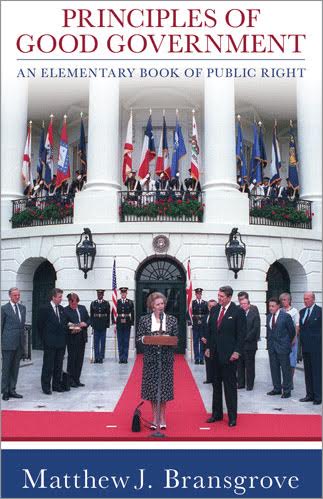There already exist some excellent constitutional checks and balances that slow legislatures down. These include the executive veto, limited sitting days, multiple readings and bicameral legislatures. However, as the career of former California governor Gray Davis makes clear, more fetters are needed. Davis served less than five years before being recalled in 2003. During his term he was presented with 6,244 bills to sign into law— which amounts to over five bills per working day. How could he properly consider so many laws? How could the legislature properly debate and deliberate so many laws? How could so many laws, once passed, be enforced? The answer is they could not. Those laws were being churned out by bureaucrats and then rubber-stamped by the legislature.
Thomas Jefferson had an excellent suggestion for an additional restraint:
The instability of our laws is really an immense evil. I think it would be well to provide in our constitutions that there shall always be twelve months between the engrossing of a bill and passing it: that it should then be offered to its passage without changing a word: and that if circumstances should be thought to require a speedier passage, it should take two thirds of both houses instead of a bare majority. (Letter to James Madison, Paris, December 20, 1787.)
To this excellent proposal may be added:
- legislative veto;
- representative override;
- appropriation by referendum;
- legislative recall;
- an absolute bar on the delegation of legislation;
- all members of the legislature who wish to vote in favor of a bill must read it out loud three times in a row;
- except when passed with a two-thirds majority, all laws must be passed by two legislatures in a row before taking effect;
- laws passed with a two-thirds majority (intended for immediate effect) must lapse unless also renewed by a simple majority of the following legislature.
Items 6 to 8 should not be required when revoking legislation, the purpose of such checks being to fetter new impositions, not to prevent the removal of those already in place.

